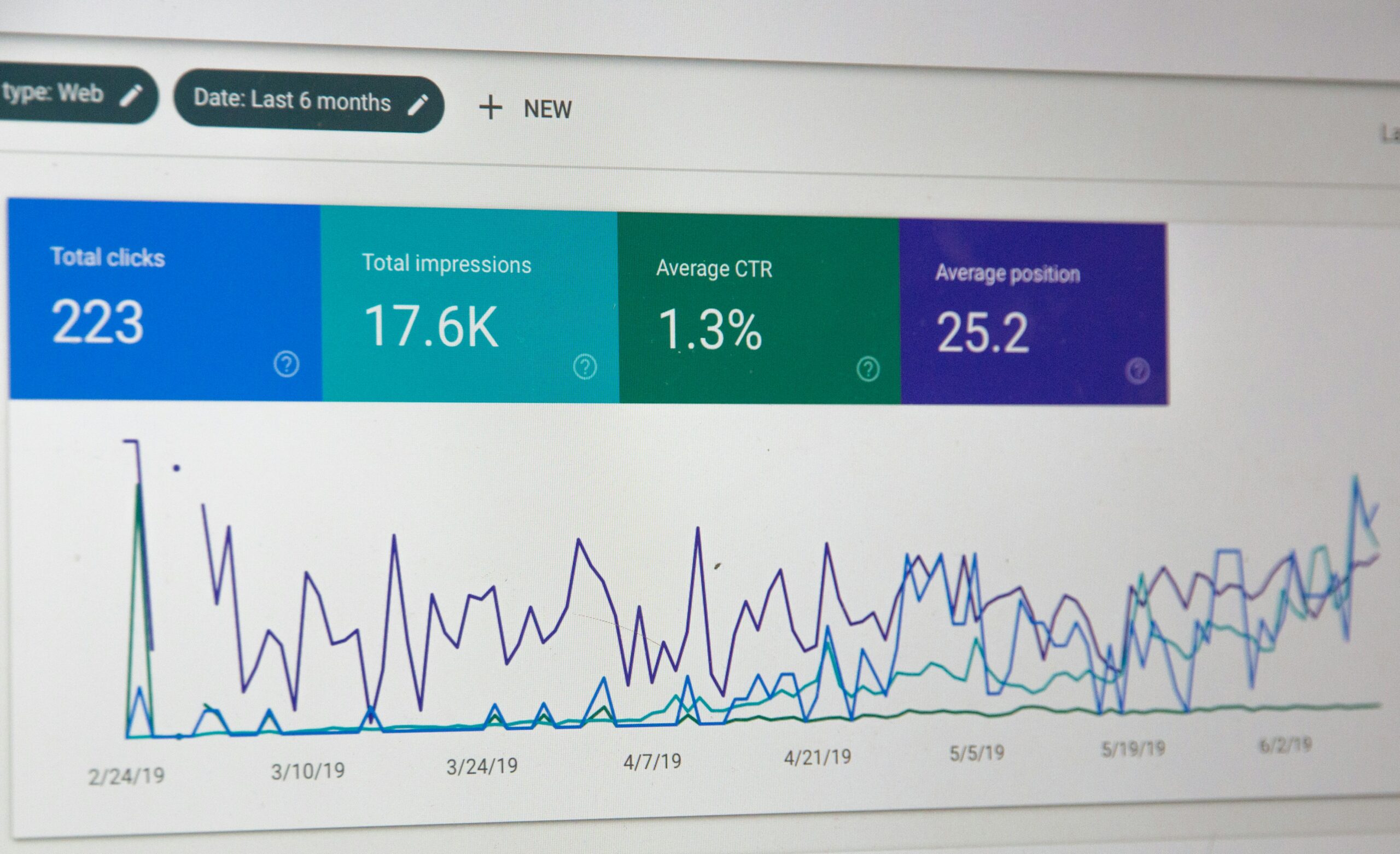In the whirlwind of today’s digital landscape, marketing teams face a constant battle against time and resources. Juggling multiple channels, campaigns, and personalized experiences can feel like an uphill climb. Enter the hero of the hour: marketing automation.
This powerful tool isn’t just about sending emails on autopilot (although that’s a pretty cool feature too!). It’s about streamlining your workflow, optimizing your campaigns, and ultimately, maximizing your impact. But with so many options and features available, where do you even begin?
This blog post dives deep into the world of marketing automation, exploring its benefits, key features, and how to implement it effectively.
Keywords: marketing automation, workflow automation, lead generation, lead nurturing, customer journey, personalized marketing, email marketing, social media marketing, analytics, ROI
The Power of the Automator: Why Your Brand Needs Marketing Automation
Imagine a world where tasks like lead nurturing, social media scheduling, and personalized email campaigns run seamlessly in the background, freeing you to focus on strategic initiatives. That’s the magic of marketing automation. Here’s why it’s a game-changer:
- Increased Efficiency: Repetitive tasks are automated, saving you precious time and resources.
- Improved Lead Generation & Nurturing: Create targeted campaigns that attract and nurture leads across their buying journey.
- Personalized Experiences: Deliver relevant content and offers based on individual preferences and behavior.
- Enhanced Customer Engagement: Automate interactions across channels, leading to better customer experiences.
- Data-Driven Insights: Gain valuable data on campaign performance and audience behavior for informed decision-making.
- Increased ROI: See a measurable return on your investment through improved conversion rates and campaign effectiveness.
Unveiling the Toolbox: Key Features of Marketing Automation Platforms
Now, let’s explore the key features that make marketing automation platforms tick:
- Campaign Management: Plan, create, and execute multi-channel campaigns across email, social media, landing pages, and more.
- Lead Capture & Management: Capture leads through forms, landing pages, and other channels, and manage them effectively.
- Email Marketing Automation: Design and send personalized email sequences based on triggers and user behavior.
- Lead Scoring & Nurturing: Qualify leads based on their engagement and automatically nurture them with relevant content.
- Social Media Management: Schedule and publish social media content, track engagement, and analyze performance.
- Analytics & Reporting: Measure campaign performance, track key metrics, and gain valuable insights.
- Integrations: Connect your marketing automation platform with your CRM, website, and other tools for seamless data flow.
Building Your Automation Empire: Implementing Marketing Automation Successfully
While the benefits are clear, implementing marketing automation effectively requires planning and strategy. Here’s your roadmap:
1. Define Your Goals: What do you want to achieve with automation? Increase leads, boost conversions, or improve customer engagement? Having clear goals ensures you choose the right tools and strategies.
2. Understand Your Audience: Segment your audience based on demographics, interests, and behavior to personalize your campaigns.
3. Choose the Right Platform: Research and compare different platforms based on your needs, budget, and features.
4. Integrate with Existing Systems: Ensure your automation platform connects seamlessly with your CRM, website, and other tools for data synchronization.
5. Start Small & Scale Up: Begin with automating simple tasks like email marketing and social media scheduling. As you gain experience, expand to more complex workflows.
6. Measure & Analyze: Track key metrics like open rates, click-through rates, and conversions to measure campaign performance and optimize your strategies.
7. Embrace Continuous Learning: Stay updated on the latest trends and features in marketing automation to adapt and improve your approach.
Examples of Marketing Automation in Action:
Now, let’s see how marketing automation can be used across different industries and scenarios:
- Ecommerce: Automate abandoned cart emails, recommend personalized products, and trigger targeted promotions based on purchase history.
- B2B Marketing: Nurture leads through multi-stage email campaigns, personalize website content based on company size and industry, and automate lead scoring and qualification.
- Non-Profit Organizations: Automate welcome emails for new donors, segment audiences for targeted fundraising campaigns, and send personalized birthday greetings to build relationships.
